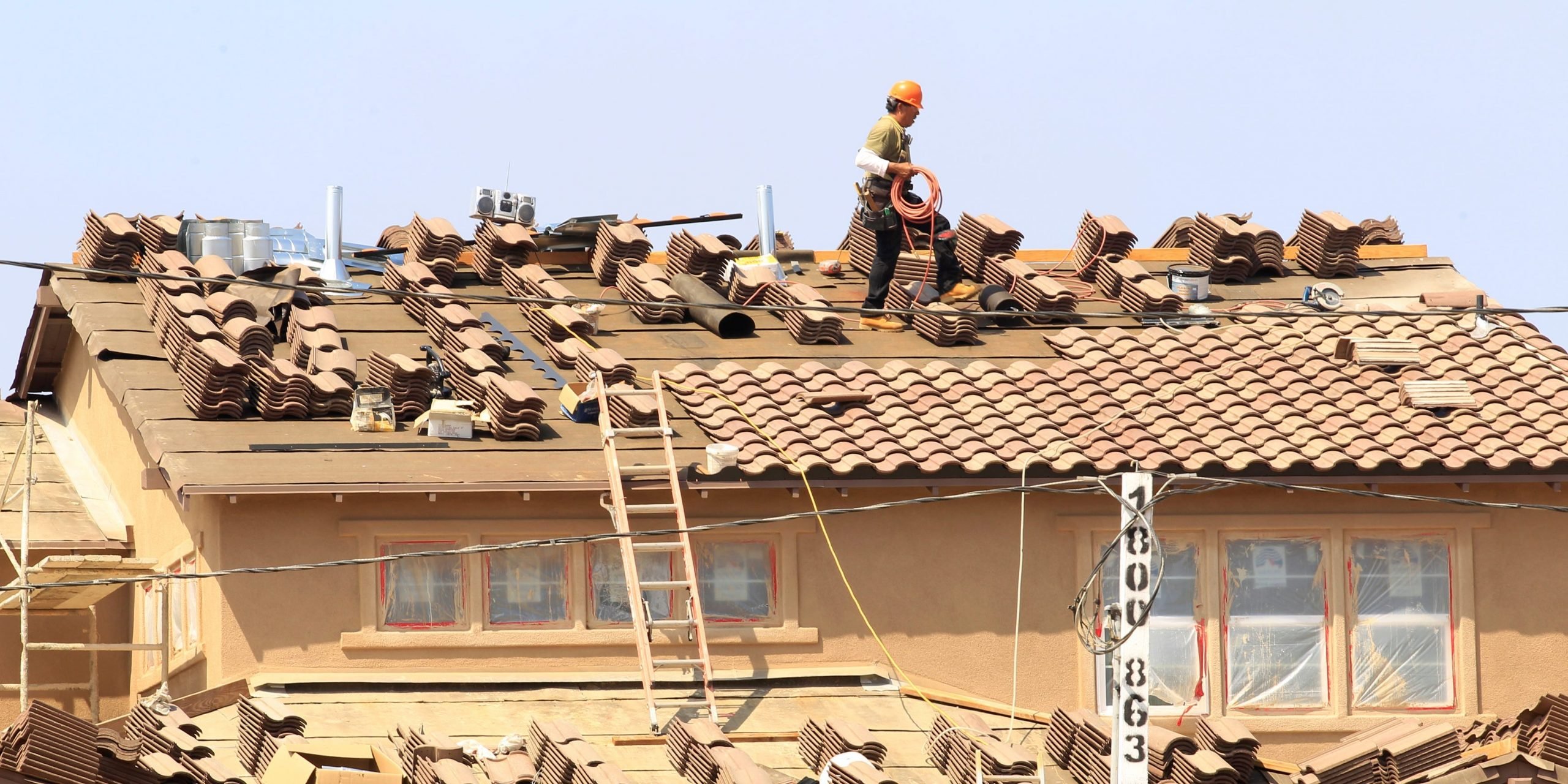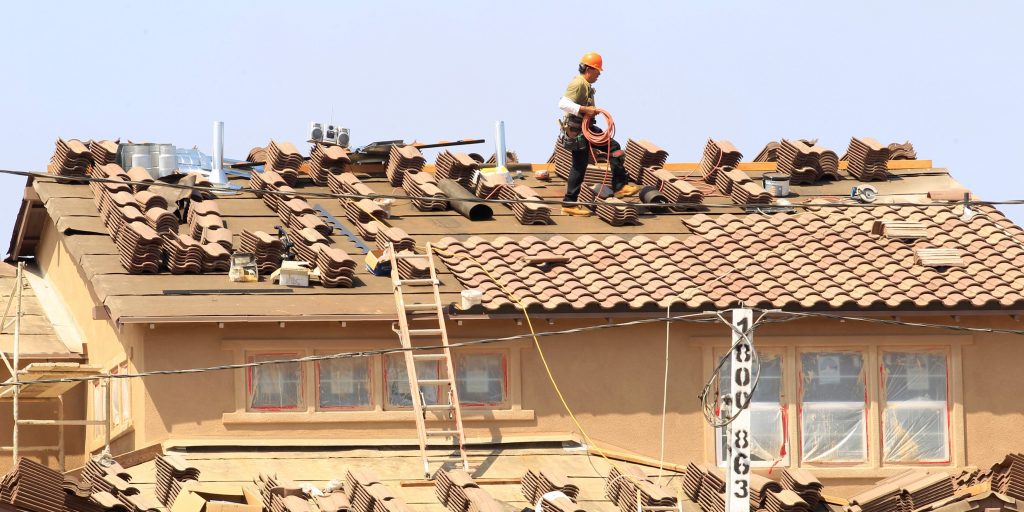
- The US housing market is down at least 5.5 million units, the National Association of Realtors said.
- Accounting for losses of existing homes and underproduction brings that total to 6.8 million homes.
- Builders can solve the issue over the next decade, but data suggests they're far from reaching the pace needed.
- See more stories on Insider's business page.
Decades of chronic underbuilding left the US housing market with a colossal gap between consumer demand and nationwide supply, according to a new report from the National Association of Realtors.
Home sales surged to a breakneck pace after the pandemic, and the market is now under immense pressure from a lack of available units. Inventory sits near record lows, and efforts to shore up supply have been curtailed by soaring materials costs and lot shortages. The supply-demand imbalance risks intensifying an affordability problem that's already slammed millennials as they approach peak homebuying age.
Countering the shortage requires a "once-in-a-generation response," the Rosen Consulting Group said in the report. Inadequate home construction over the past 20 years has left the market with an underbuilding gap of at least 5.5 million homes, it said. Contractors built 1.23 million new homes each year on average from 2001 to 2020. That's down from the average annual pace of 1.5 million new homes from 1968 to 2000.
The 5.5 million-home hole even includes the mid-2000s construction boom, which saw overwhelming home demand drive an equally strong surge in homebuilding.
Accounting for other dynamics in the housing market paints an even bleaker picture. Once losses of existing homes and underproduction relative to household formation are measured, the total supply-demand gap over the last two decades swells to 6.8 million units, according to the report. The deficit has stripped Americans of affordable homeownership, and the likely obsolescence of available homes in coming years risks exacerbating the already dire situation.
"There is a strong desire for homeownership across this country, but the lack of supply is preventing too many Americans from achieving that dream," Lawrence Yun, chief economist at NAR, said in a statement. "It's clear from the findings of this report and from the conditions we've observed in the market over the past few years that we'll need to do something dramatic to close this gap."
Builders can still solve the problem, but the report suggests it will take a herculean effort over the next decade. Residential construction would need to accelerate to an annual pace of more than 2 million units per year. That rate would represent a 60% jump from the annual pace of roughly 1.3 million units in 2020.
Data out Wednesday morning signals contractors are far from reaching such a goal. Housing starts rose 3.6% in May to an annualized rate of 1.57 million units. While the data does show improvement from April, it still sits below highs seen earlier in the year and missed the median estimate for a 3.9% gain.
Building permits - a proxy for future residential construction - slid to an annual rate of 1.68 million, the lowest level since October. And the number of single-family units authorized but not yet under construction rose to the highest level since 2006. Taken together, the Census Bureau data depicts a market that's struggling amid supply bottlenecks to shore up much-needed housing supply.

